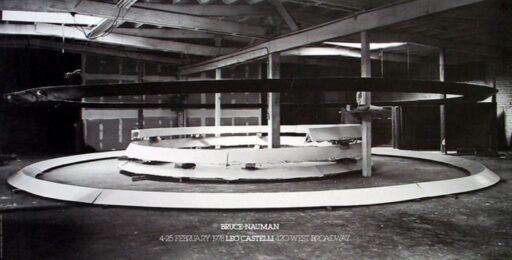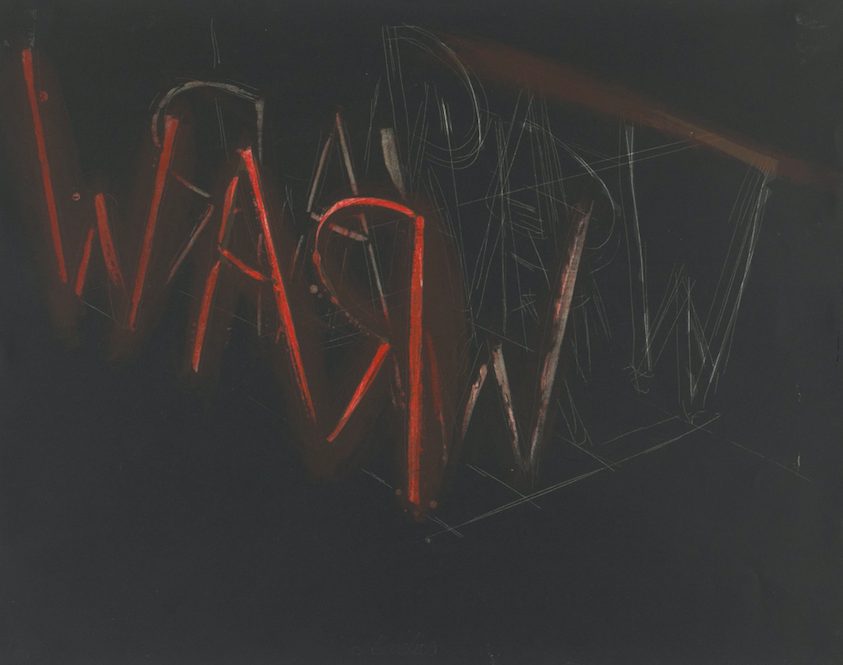


Conceptual artists were part of a movement that gave great value to ideas rather than the visual or formal components of artistic pieces. A broad mix of a range of tendencies instead of being one singular movement, Conceptualism Art took a variety of forms including happenings, performances, and ephemera.
Conceptual artists recognise that all artwork is essentially conceptual in its essence. In order to emphasise this, a large number of Conceptual artists including Stanley Brouwn, Helen Chadwick, Dan Graham, Bruce Nauman and Giulio Paolini kept the material presence of their work to a bare minimum. This method has often be referred to as the “dematerialisation” of art. Conceptual artists were also interested in the stark simplicity of Minimalism, but often rejected Minimalism’s use of conventional sculpture and painting techniques as mainstays of artistic creativity. For Conceptual artists, artwork does not need to look like a traditional piece; in fact it does not need to have any physical form at all.
From the middle part of the 1960s through to the mid-‘70s, artists of this movement generated works and pieces that totally rejected the accepted norms of what art should be. Their main claim – that the mere articulation of an artistic idea is sufficient in itself to call it a work of art – expressed that skill, aesthetics and marketability were all irrelevant ways in which art should be judged. To put it simply, it may appear that what is classed as Conceptual art is not actually “art” at all. Indeed, Andy Warhol’s Brillo Boxes or Jackson Pollock’s “drip” paintings appeared to contradict what had always been accepted as art up until that point. However, it is important to regard Conceptual art as being part of a succession of avant-garde movements (Dada, Cubism, Pop Art, Abstract Expressionism etc.) that together went a long way in consciously pushing the boundaries of art itself.
Conceptualists position themselves at the highest end of this avant-garde tradition. In fact, whether this particularly intellectual type of art actually matches a viewer’s personal idea of what art should be is irrelevant. The fact is that Conceptual artists have uniquely redefined the concept of their artistic pieces so that they are now widely considered as art by museum curators, collectors and gallerists.